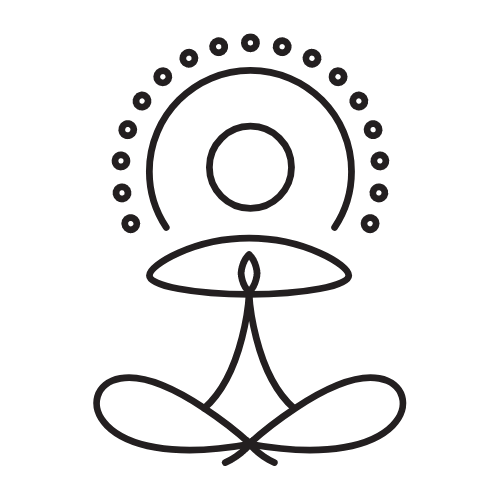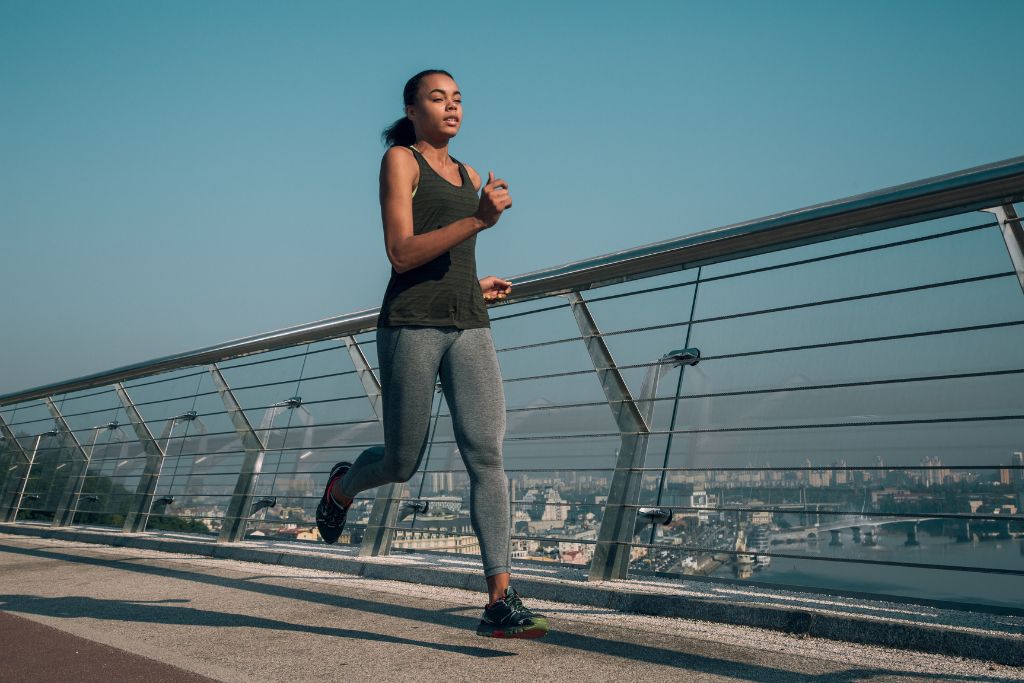Sure, we tend to think of running predominantly as a popular form of cardio exercise, but it’s not only demanding on your heart and lungs – a wide range of muscles are working hard with every stride, and a stronger body can transform your running game for the better.
In 2025, Katie Martin launched The Run-Up – her six-week YogaFokus Challenge program designed to help you build the strength and confidence you need to get run-ready before you lace up and hit the pavement, or to add running-specific strength training to help level up your routine if you’re already a runner.
The YogaFokus Community have so much love for this program. We’ve had members telling us their running performance improved, that they felt more connected to their bodies, and how previous injuries and niggles either decreased or completely disappeared as a result of strengthening those crucial muscle groups.
If you tried Katie’s program in January and can’t wait to do it again or want to give it a go, it’s available again as part of the next YogaFokus Challenge starting on 2 June!
So, what muscles are we actually talking about? Which parts of your body are ignited during a run, and why is it so important to work on strengthening to power your strides?
Lower body
It shouldn’t be news to anyone that running uses your legs, so let’s break it down a bit further than that.
-
Hip flexors: At the top of your thighs you’ll find your hip flexors – roughly where your hands would be if you looped your fingers into your belt and tapped your fingers on your legs. With every swing and landing of your leg, your hip flexors are doing a lot of work contracting and lengthening repeatedly. For sprints or hill work, these muscles are doing even more of the grunt work as each step involves a bigger knee drive, therefore even more of a contraction of your hip flexor. You can see why strengthening this area would pay off, or why it can feel so sore and tight without enough stretching and strengthening.
-
Quadriceps: These are the muscles at the front of your thighs which help to bend and extend your knee with each step, while also absorbing some of the impact when your foot hits the ground and helping you push off again with power. Strong quads are essential for general running performance and endurance, and extra important if you’re doing sprints or hill work as you’ll need a greater knee drive, speed control and impact absorption.
-
Hamstrings: These are the muscles at the back of your thighs and you should consider them one of your biggest power sources for running, helping to bend your knees and produce the power needed to push off. Many women are quad-dominant, meaning they rely more heavily on their quads during movement, but this can lead to inefficient running and knee pain if you’re asking too much of that muscle group. Whether you’re trying to run with more speed and power or avoid knee injuries, hamstring-strengthening exercises should be in your routine!
-
Glutes: Your backside is one of the largest muscle groups in your body and comes to the party every time you extend your hip while running, working to keep you level and balanced. If you do a sprint session or any kind of speed run, you should also feel greater glute engagement – running at max pace requires serious backseat power. Olympic sprinters don’t have glutes of steel by accident!
-
Calves: Located below your knee on the back side of your leg, your calves are responsible for producing a lot of power to push off the ground, as well as absorbing force and controlling your landing. Without adequate calf strength, you risk overcompensating with other muscle groups or straining your calves.
Core
Although running isn’t a traditional core workout, your running will improve exponentially if your core is strong.
During running, the role of your abs and obliques is primarily about stabilisation and posture. Core strength and engagement is what prevents you from swaying or twisting all over the place, as well as supporting your spine and posture.
Upper body
Finally, your chest and arms. If you’ve ever seen someone running and were amazed by how effortless and athletic they made it look, chances are, a big part of that is what’s going on from the waist up.
-
Arms: With every step, your arms are naturally swinging to help create momentum, efficiency and a sense of balance in your movements (try running with your arms hanging down by your sides and you’ll appreciate exactly how much they’re doing). For long-distance runs, you want your arms bent, close to your ribs and feeling quite relaxed for better endurance. When you want to run faster, focus on really pumping your arms for extra power.
-
Shoulders and upper back: Good posture is crucial if you want to build endurance and run pain-free, so without holding too much tension in your body (a tense run is never a good time), think about rolling your shoulders back and down and keeping your chest proud. This will also help to open up the space around your ribcage and lungs, allowing you to breathe easier.
Your goals are made with YogaFokus.
It’s time to say yes to you with the YogaFokus Challenge.
Running takes strength
We’ve said it before, and we’ll say it again: every runner should include strength training in their routine. Lifting weights can go such a long way to support your running goals, elevating your full-body strength, explosive power, posture, endurance and efficiency whenever you hit the pavement, track, trail or treadmill. And it won’t take long to notice the benefits either!

